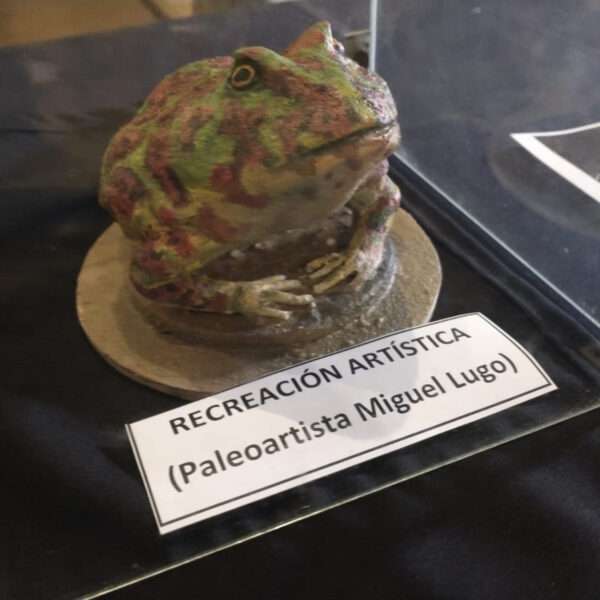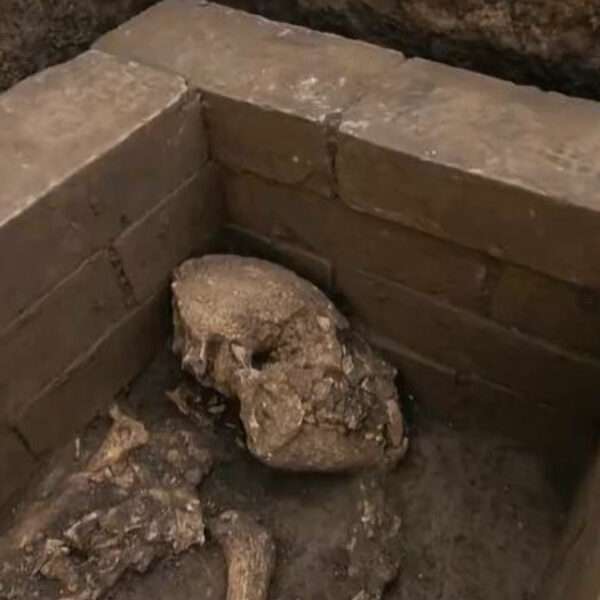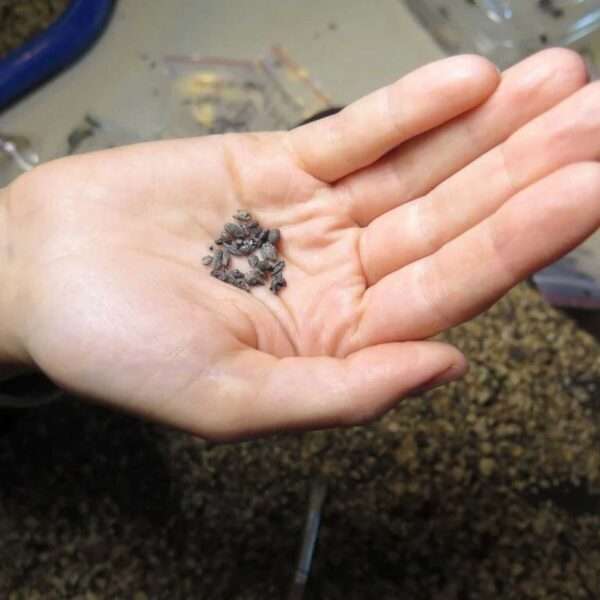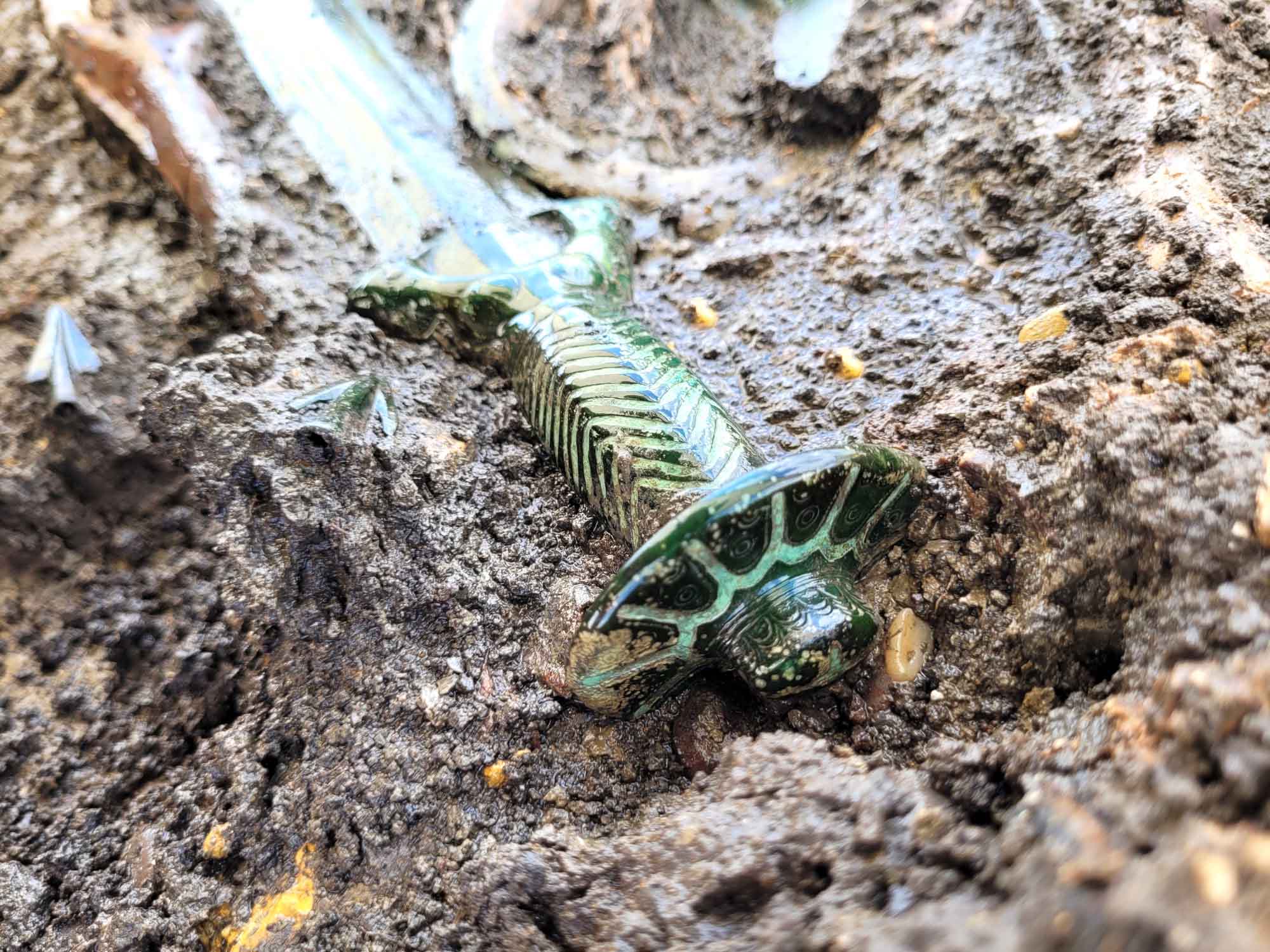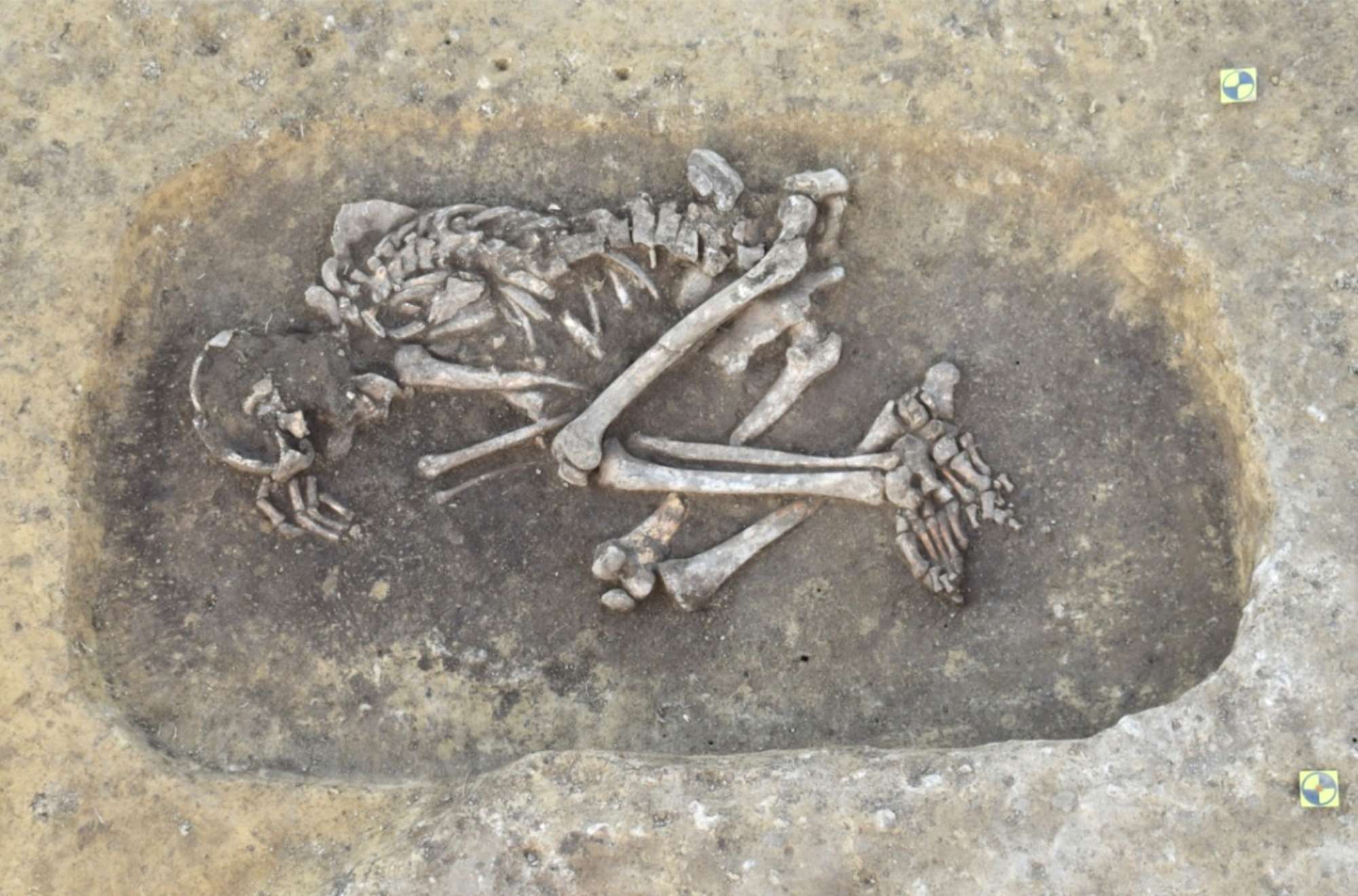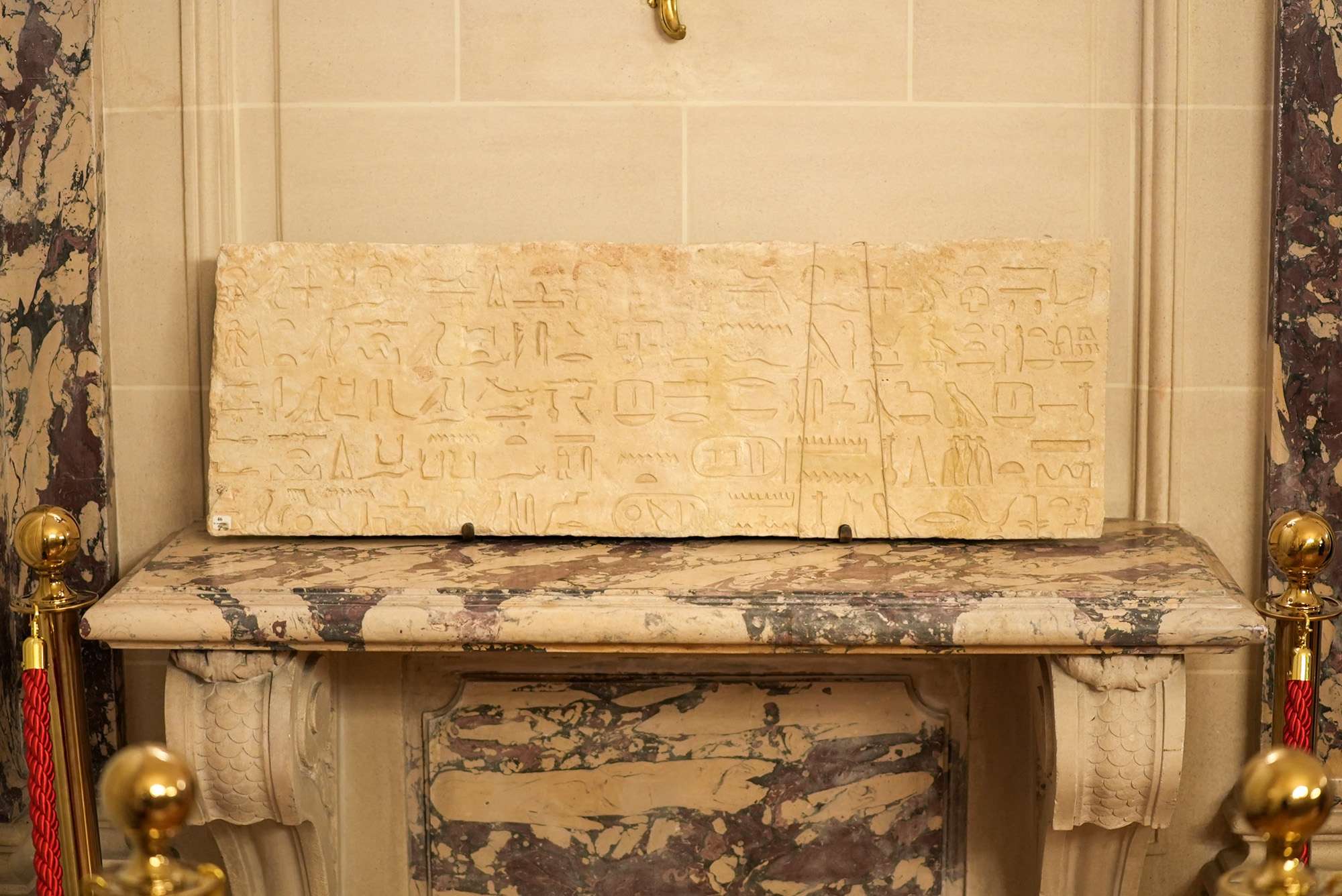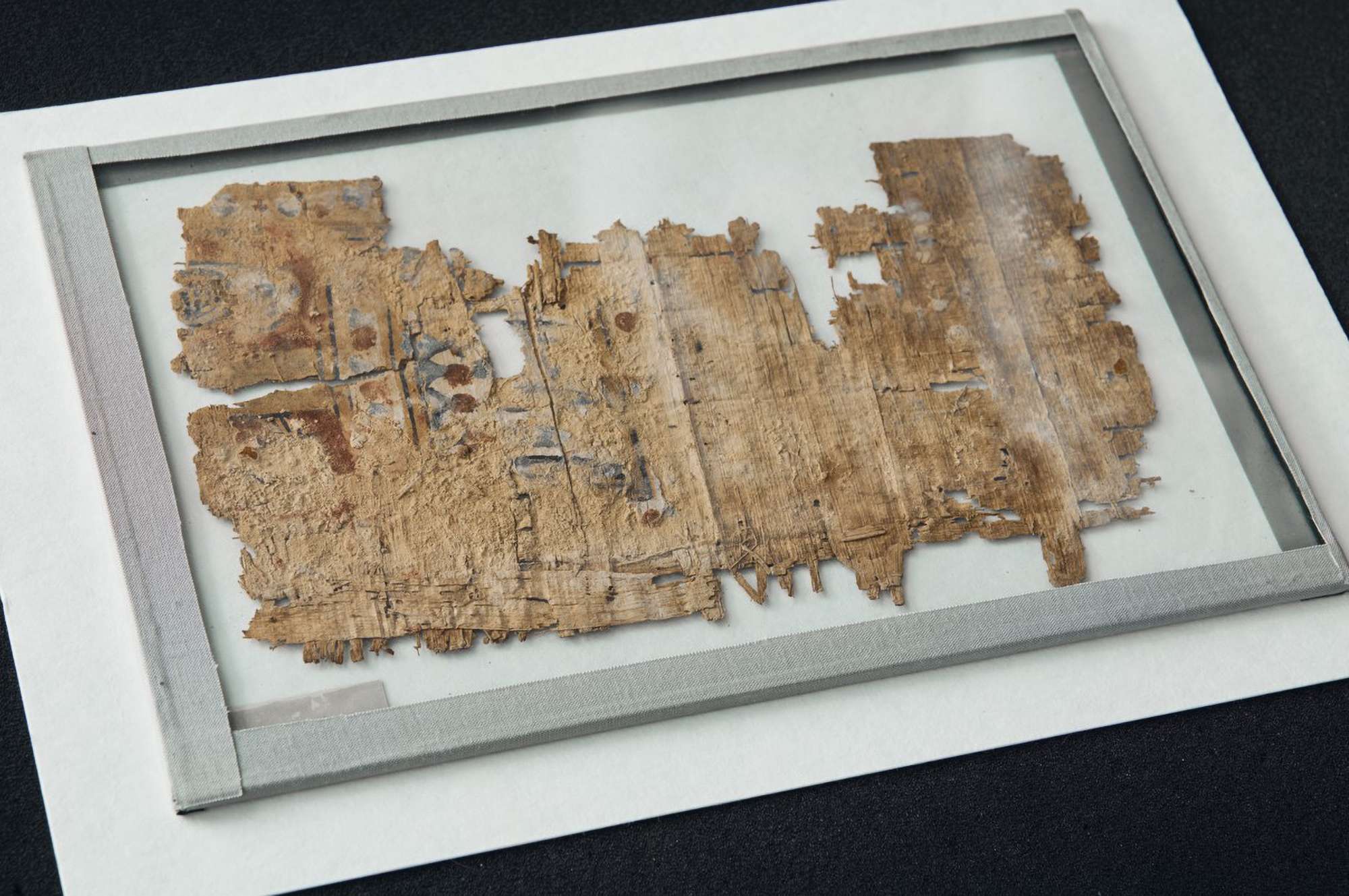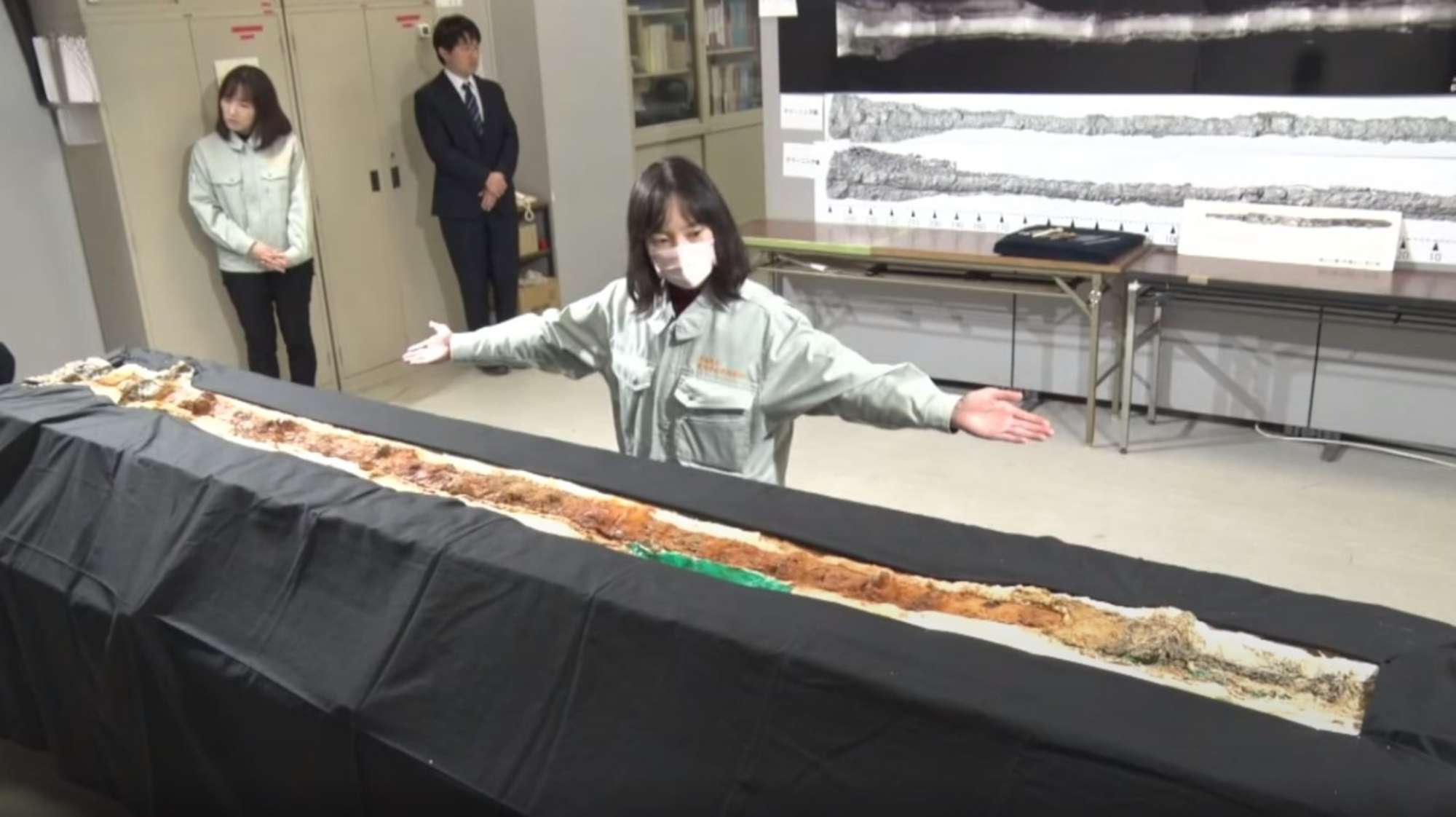A huge, previously unknown Mayan city with massive pyramid-like structures has been discovered in the middle of the jungle in Mexico.
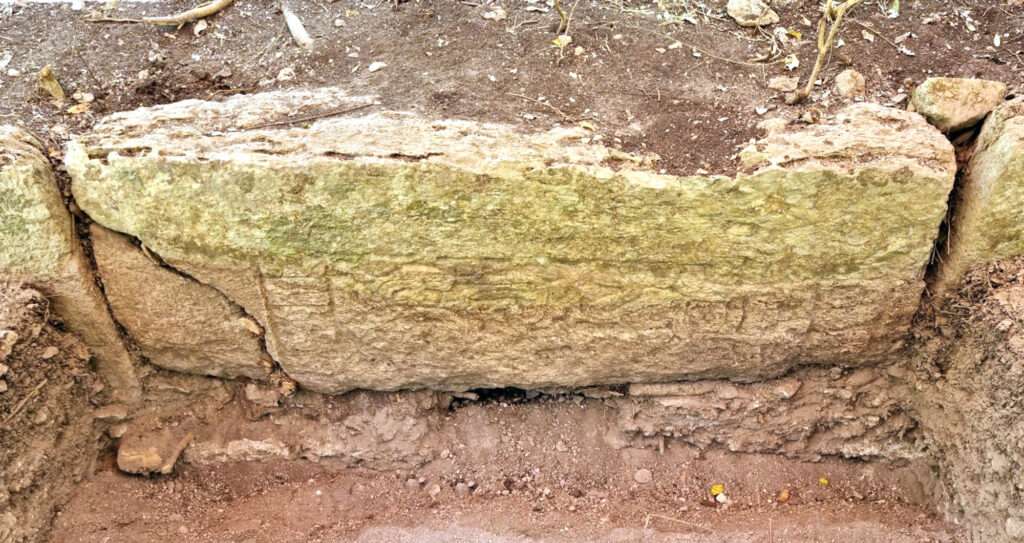
Newsflash obtained a statement from Mexico’s National Institute of Anthropology and History (INAH) on Tuesday, 20th June, saying that the massive city has been called Ocomtun, which means “stone column” in Mayan.
They also said that the thousand-year-old city is located in the Balamku ecological reserve in southern Mexico and includes massive pyramid-like buildings, at least three plazas, as well as other structures.
They said that the city was probably an important centre in the Yucatan Peninsula between 250 AD and 1000 AD.
A team of researchers led by archaeologist Ivan Sprajc discovered the ancient city some 60 kilometres (40 miles) into the jungle, which is covered in thick vegetation and remains largely unexplored.
They named it Ocomtun “due to the numerous cylindrical stone columns scattered throughout the ancient settlement.”
Traces of the settlement were first detected using aerial laser mapping technology (LIDAR) between March and June.
The city’s pyramid-like structures are up to 15 metres (50 feet) high, according to Sprajc.
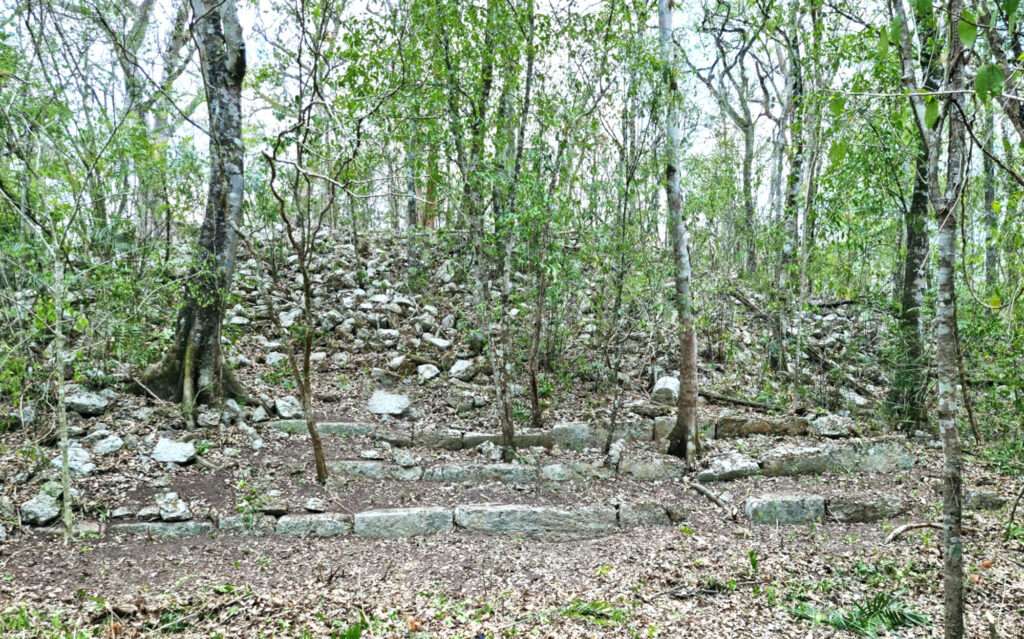
The experts said that there was also a ballcourt for pre-Hispanic ballgames at the site and a number of altars near a river which may have been used for ritual purposes.
Sprajc said: “It is possible that they are markets or spaces destined for community rituals, but only future research will shed light on the functions of these groups, which represent a regional peculiarity.”
It is believed that the site declined around 1,000 AD before being lost in time, until now.
The research leading to the discovery of the city was funded by the INAH’s ‘Ampliando el panorama arqueologico de las Tierras Bajas Centrales mayas’ (Expanding the archaeological panorama of the Mayan Central Lowlands) project.
The project seeks to explore roughly 3,000 square kilometres of uninhabited jungle, with the researchers receiving assistance from the National Center for Airborne Laser Mapping, of the University of Houston, United States, for the LIDAR mapping.
Sprajc said that the LIDAR data allow him and his team to identify a number of pre-Hispanic structures in the area.
He said: “The biggest surprise turned out to be the site located on a ‘peninsula’ of high ground, surrounded by extensive wetlands. Its monumental nucleus covers more than 50 hectares and has various large buildings, including several pyramidal structures over 15 metres high.
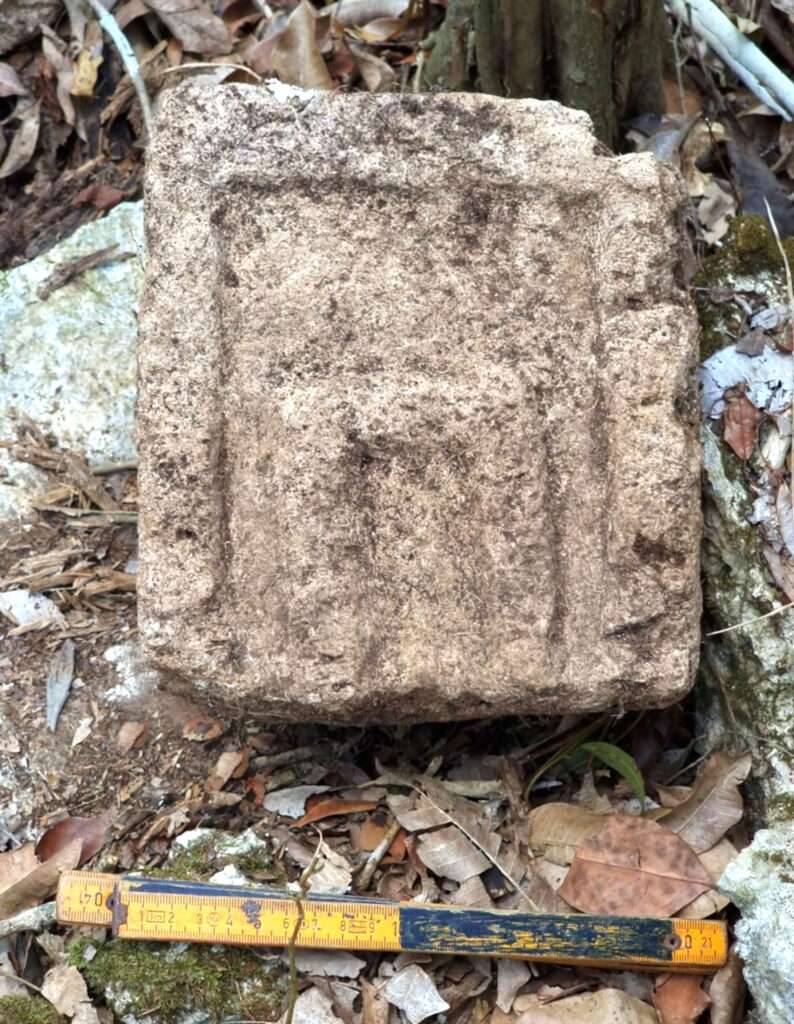
“The site served as an important centre at the regional level, probably during the Classic period (250-1000 AD).
“The most common ceramic types that we collected on the surface and in some test pits are from the Late Classic (600-800 AD); however, the analysis of samples of this material will offer us more reliable data on the sequences of occupation.”

